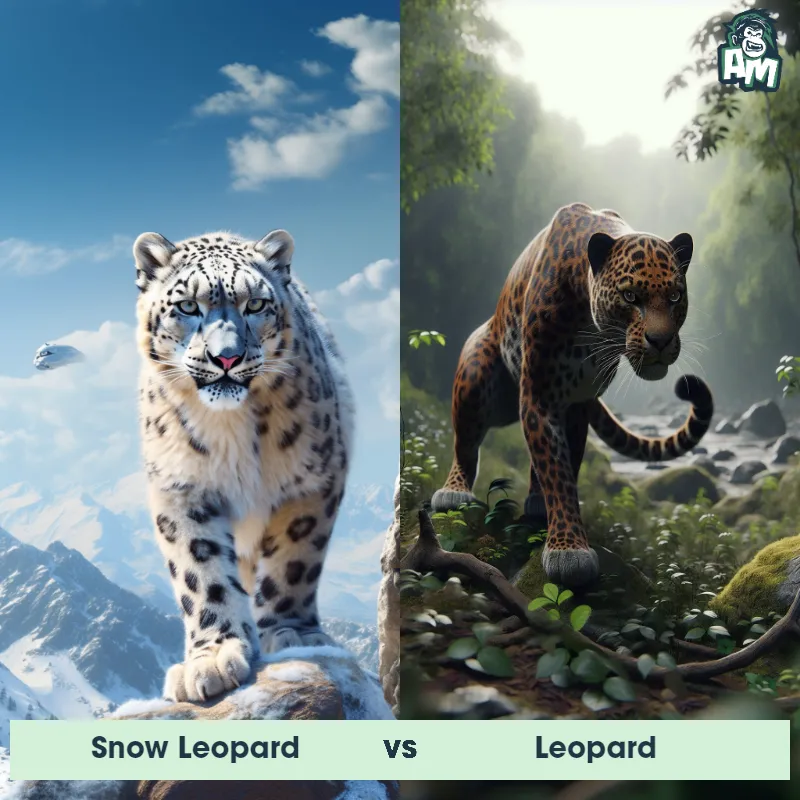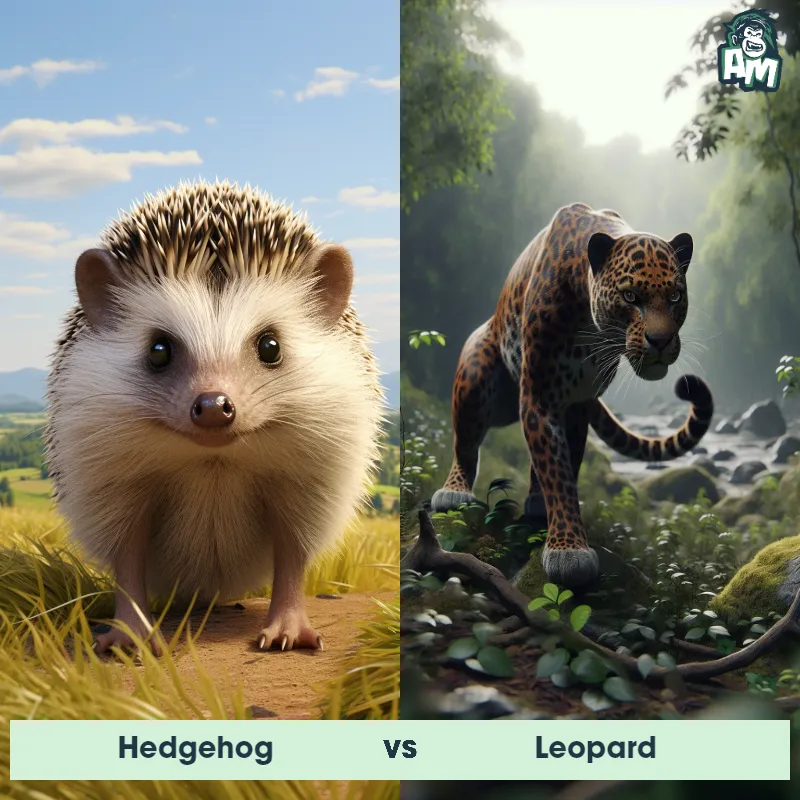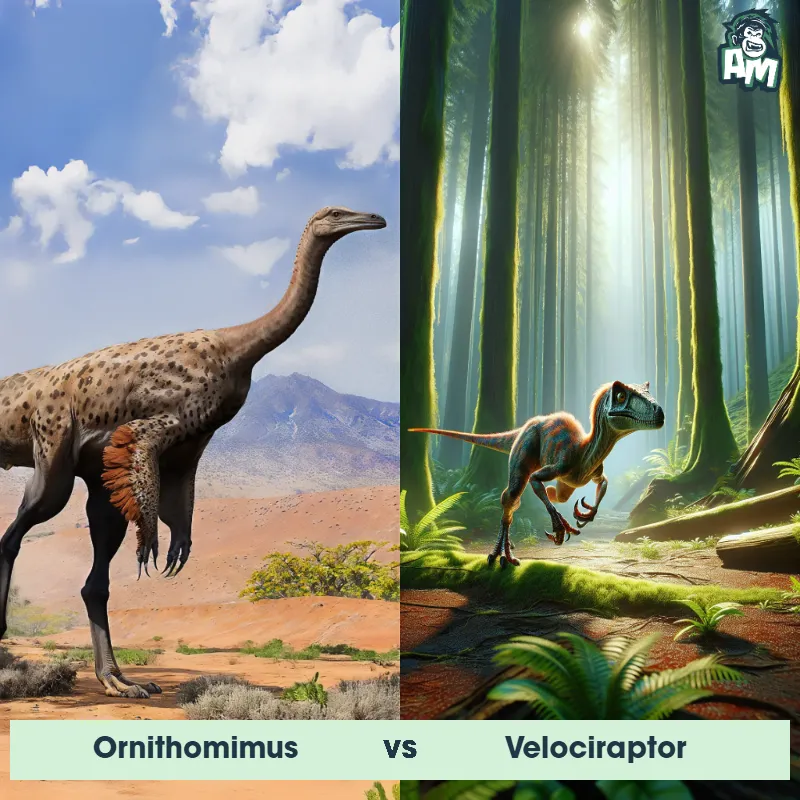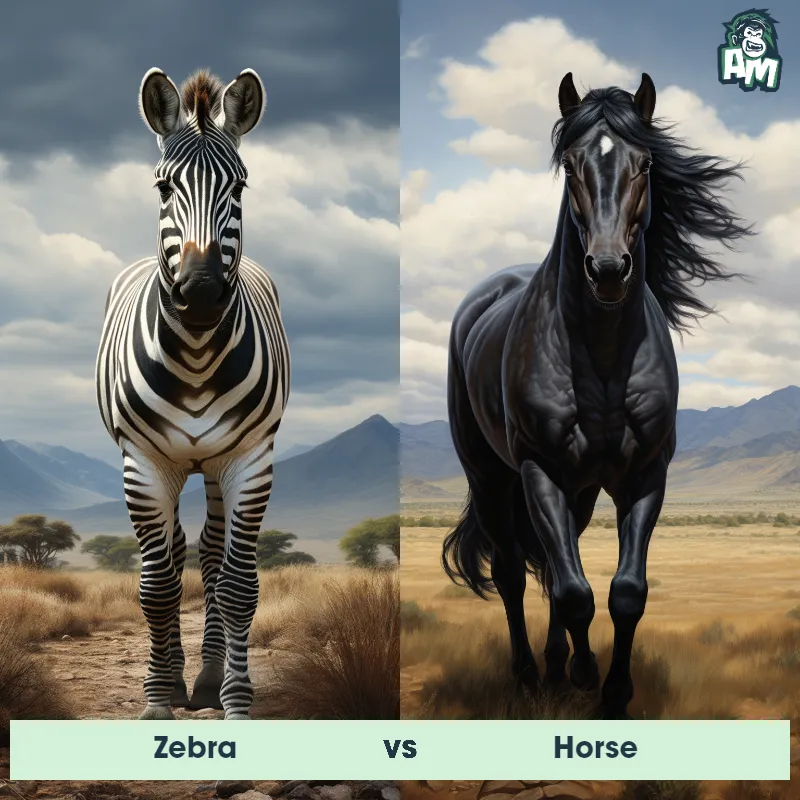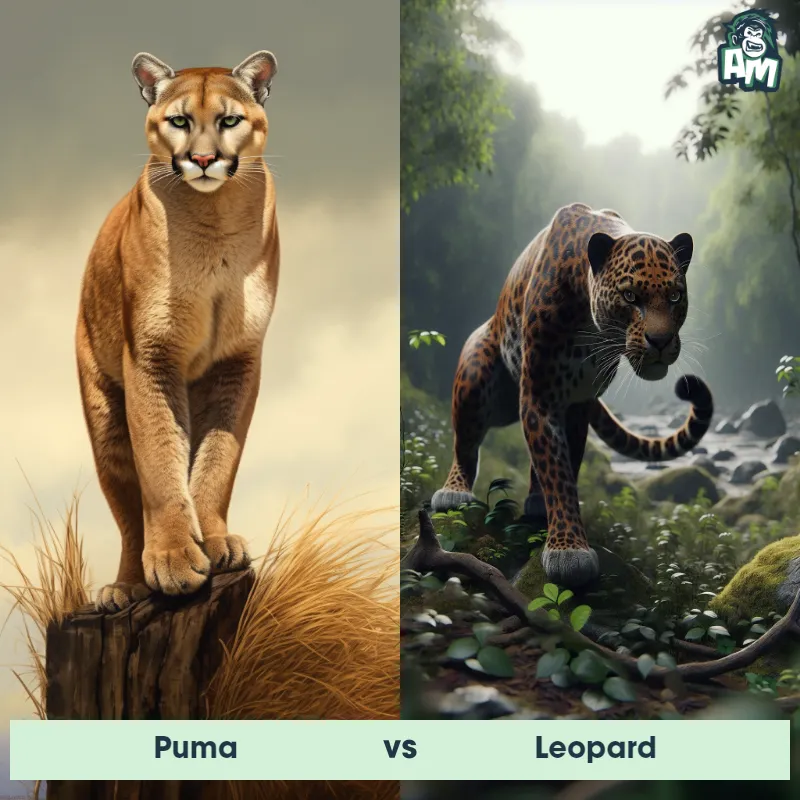Tiger vs HorseSee Who Wins

Ladies and gentlemen, welcome to an incredible matchup between two majestic creatures! We are here to witness a fierce battle between a powerful tiger and a gallant horse. This clash of strength and agility is sure to keep us on the edge of our seats. Let's see who emerges victorious in this extraordinary fight for dominance.
Contender 1: Tiger
The Tiger is a large and powerful big cat, known for its distinct orange coat patterned with black stripes, which are unique to each individual, much like a human fingerprint. Tigers have a muscular build, a heavy head with strong jaws, and a tail that is usually about half the length of their body. The largest species of the cat family, adult male tigers can reach up to 10 feet in length and weigh up to 660 pounds. Tigers are native to various parts of Asia and are adept swimmers, unlike most members of the cat family.
Fun Fact: Tigers are apex predators and primarily consume larger mammals for food, including deer and wild boar; a hungry tiger can eat as much as 60 pounds in one night.
Contender 2: Horse
The Horse is a large domesticated ungulate notable for its speed, strength, and endurance. With muscular bodies, long legs, and a well-defined neck, horses exhibit a wide variety of coat colors and distinctive markings. They possess a unique digestive system that allows them to survive on a diet mainly of grass. Known for their keen senses and high level of sociability, horses have been used for various purposes, including transportation, work, sport, and companionship, throughout human history.
![[object Object] Gif](https://tenor.com/view/horse-fight-viralhog-animal-brawl-animal-scuffle-gif-14740911035351561444.gif)
Fun Fact: Interestingly, horses use their ears, eyes, and nostrils to express their mood, making them one of the most expressive animals.
Matchup Stats
| Tiger | Horse | |
|---|---|---|
| Size | Up to 10 feet in length (3.05 meters) | 4.5 - 6 feet at the shoulder (1.4 - 1.8 meters) |
| Weight | Up to 660 pounds (300 kilograms) | 900 - 2200 pounds (410 - 1000 kilograms) |
| Speed | 35-40mph (56-64km/h) | 55mph (88km/h) |
| Key Strength | Strong jaws and muscular build | Speed and powerful kicks |
| Biggest Weakness | Limited endurance for long chases | Lack of natural weapons (like claws or sharp teeth) |
Current Votes
Tiger vs Horse
See Who Wins
View More Matches
Looking For More?
Similar Matches
Scientific Stats
| Tiger | Horse | |
|---|---|---|
| Scientific Name | Panthera tigris | Equus ferus caballus |
| Family | Felidae | Equidae |
| Habitat | Forests, grasslands, and swamps | Grasslands, Deserts, and Forests |
| Geography | Asia | Worldwide |
| Diet | Carnivorous, primarily deer and wild boar | Herbivore (Primarily grass, hay, and grains) |
| Lifespan | 15 years - 26 years | 25 years - 30 years |
Key Differences between Tiger and Horse
- Head and Facial Features: Tigers have a broad, rounded head with a prominent snout, sharp teeth, and piercing yellow or amber eyes. Horses have a more elongated face, a straight or slightly dished profile, and large, expressive eyes.
- Coloration: Tigers possess a distinctive coat pattern consisting of orange fur with black stripes, enabling excellent camouflage in their natural environment. On the other hand, horses come in a wide range of solid colors, including brown, black, white, and various combinations.
- Tails: Tigers have a relatively short and thick tail, measuring approximately 3-4 feet (1-1.2 meters) in length, which aids in balance and communication. Horses, on the other hand, tend to have a longer, flowing tail, often used for fly swatting and defense against insects.
- Foot Structure: Tigers possess retractable claws on their paws, providing exceptional grip and traction, essential for hunting and climbing. Horses have hooves, which are modified toenails adapted for running on a variety of terrains, including grasslands and rocky landscapes.
- Body Structure: Tigers have a muscular, elongated body with short and powerful limbs, designed for strength and agility. Horses, however, have a more compact body structure, with longer legs specially adapted for rapid movement.
- Size: Tigers are significantly larger than horses, with adult tigers weighing around 250-650 pounds (113-295 kg), while horses typically weigh between 900-2,200 pounds (400-1,000 kg).




